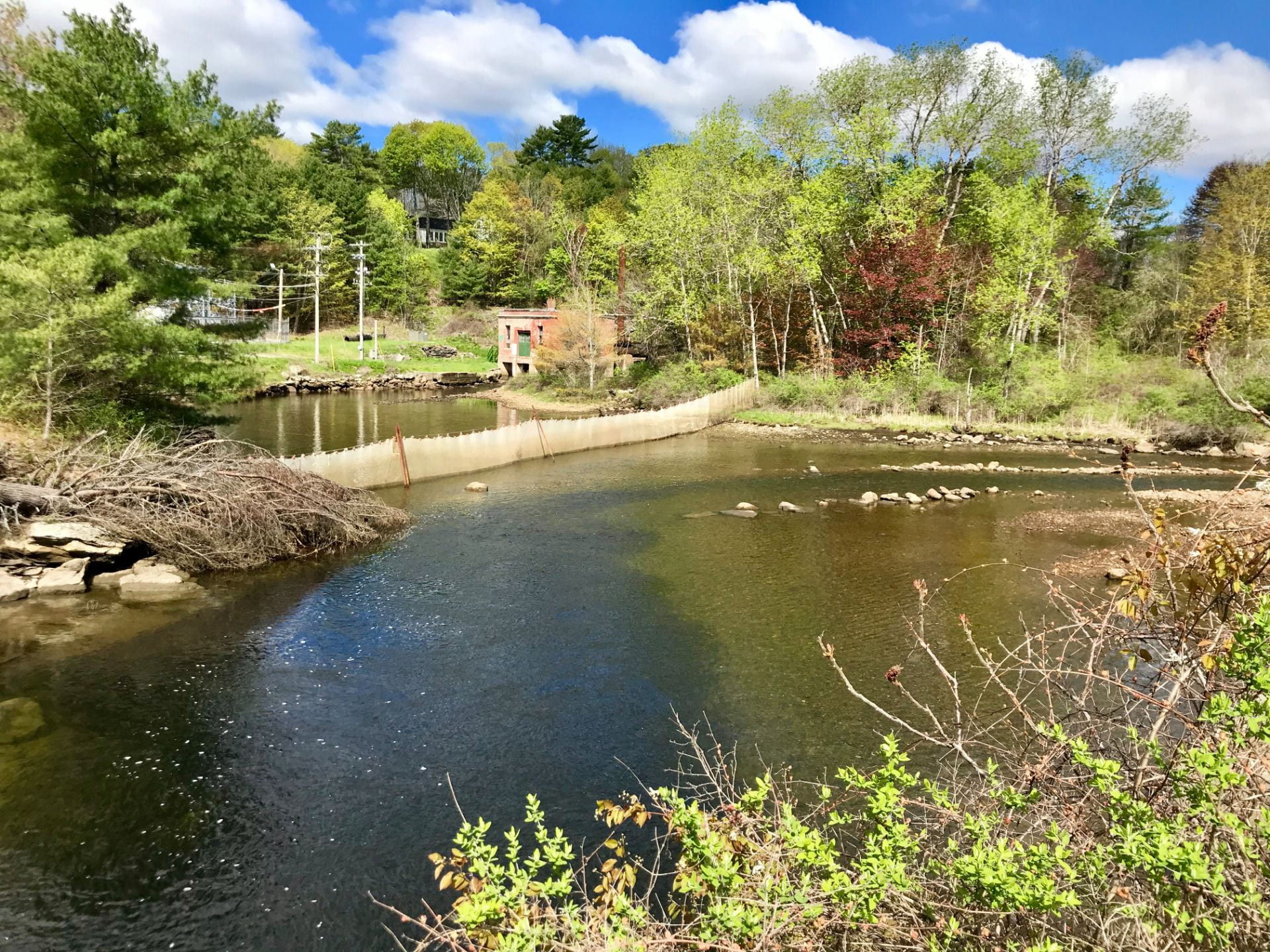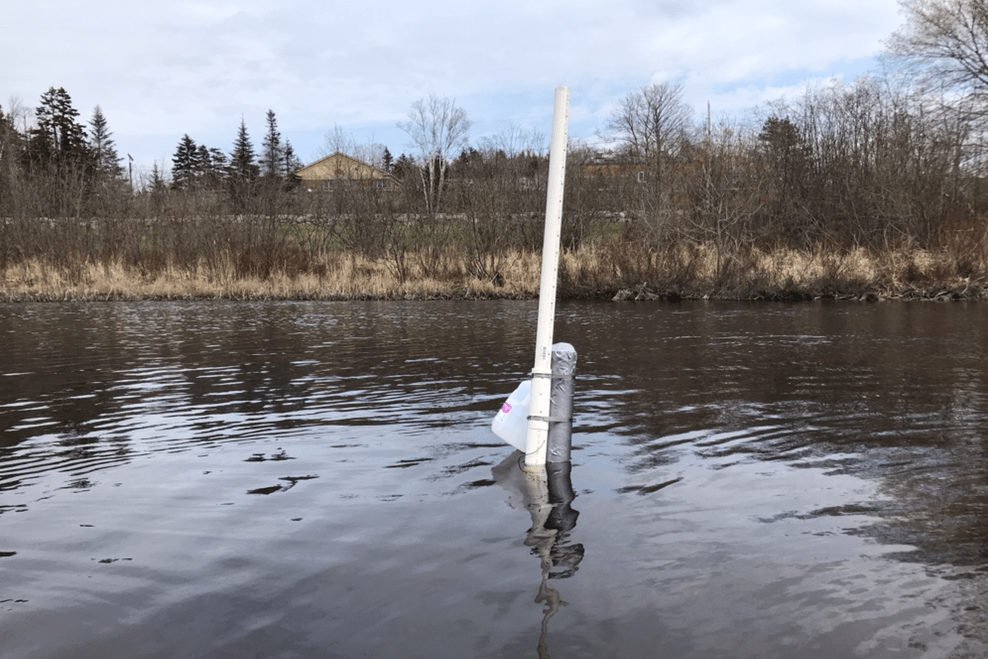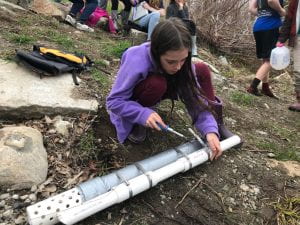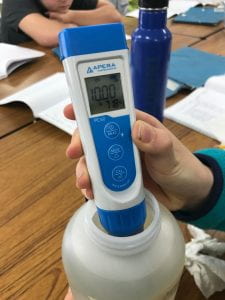The Gulf of Maine Research Institute’s Vital Signs program began a state-wide science journal for middle level science students last year. The journal’s name is “Findings from the Field“. The journal models the peer review process of scientists and invites student submissions, which are then peer reviewed by other schools as the initial step toward published findings. The feedback of peers in other schools helps to create a science community among learners to give authors specific feedback to consider in order to revise and re-submit to a final board of journal editors.
Students worked through multiple revisions to produce their very best writing. They clarified their understandings of alewife restoration efforts in town and changing salinity levels in the marsh because of periodic tidal flooding. The observation of tidal flooding is the basis of our inquiry project to investigate the impact of varying salinities on the eggs of alewives, which we have just begun setting up in our classroom. In the process, they realized they are scientists, seeking information that can only come from a science study, and that they can make an important contribution to their community.
We are pleased to announce that a number of our students’ “Nature Notes” have been recommended for publication in the June volume. (A Nature Note is an interesting observation of significance that prompts an inquiry question or initiates an investigation, using 500 words or less.)

Review Nature Notes from another middle school
Links to all the students’ Nature Note submissions are below this submission from Natalie, which has been recommended for publication!
Salinity in the Marsh
Natalie Vanorse
The marsh is located down the hill from St. George School next to the Jackson Memorial
Library the marsh flows into Ripley Creek. The marsh is home to eagles, gulls, kingfishers,
frogs, snakes and more. Our class goes down to the marsh about once every week. It is a quiet
and beautiful place to be.
Our class went down to the marsh at 1:03 PM on Thursday, April 25th to collect a sample
of water to see what the salinity levels were. The salinity level we got was 0.27 ppt. The place
we took the sample was in marsh. The type of weather on April 25th was sunny and a little bit
windy.
The significant thing is that there is salt coming into the marsh each month with the
highest tides, which could change the spawning habitat for the alewives. In the mid 1980’s the
alewives stopped coming into the marsh. The state started to restock the alewives in 2009-2013,
but we have only seen a few alewives in the past four years. We are not sure why the alewives
have not come back since the restocking. We are worried about the saltwater that is coming into
the marsh because we are thinking that it may affect the alewives eggs after spawning. Alewives
normally lay their eggs in freshwater.
These observations make us wonder how much saltwater is coming into the marsh with
the tides. Is that why the alewives have not come back? Because we have warming climate it is
making the tides high enough for saltwater to come into the marsh.
We are going to try and hatch alewife eggs in different amounts of salt to see how much
of an effect the salt will have on the eggs. When we figure out how the salt is affecting the
alewives we would like to share our information with the town of St. George and maybe the
town would consider restocking again.

The Marsh in Tenants Harbor
The other Nature Notes (links)







 “I thought it was really cool to see the alewives because we are studying them. I noticed that the alewives were all going in one direction. I also noticed that the alewives were moving very slow and going one by one up each ladder. I thought that the interesting part was the way that the fish stay in a big group. One thing I learned about alewives is they do not like the light and that they use the current to tell where to go. I wish that we had restoration that Damariscotta has in St. George.” Colby
“I thought it was really cool to see the alewives because we are studying them. I noticed that the alewives were all going in one direction. I also noticed that the alewives were moving very slow and going one by one up each ladder. I thought that the interesting part was the way that the fish stay in a big group. One thing I learned about alewives is they do not like the light and that they use the current to tell where to go. I wish that we had restoration that Damariscotta has in St. George.” Colby
















 .
.
